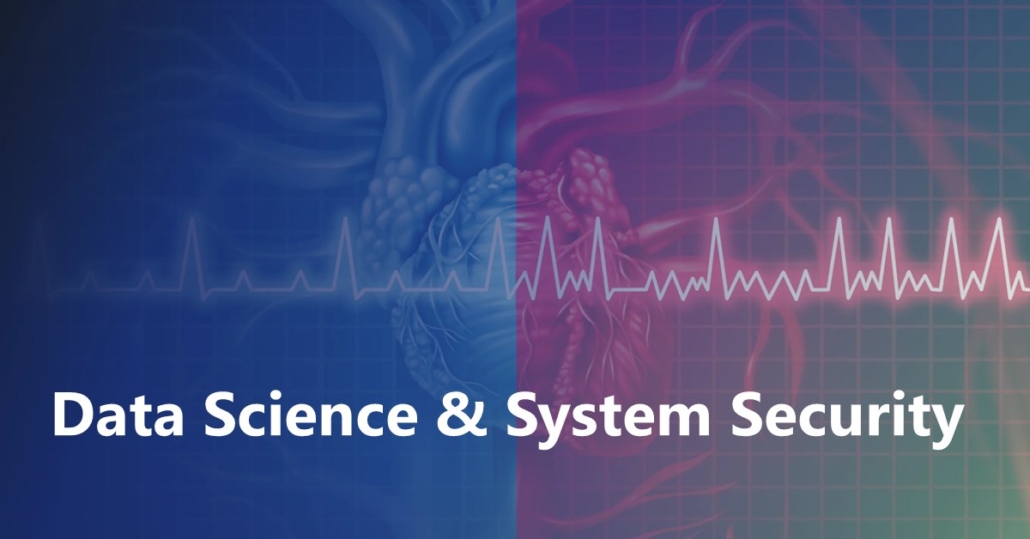You Are What You Do: Hunting Stealthy Malware via Data Provenance Analysis
To subvert recent advances in perimeter and host security, the attacker community has developed and employed various attack vectors to make malware much more stealthy than before to penetrate the target system and prolong its presence. The advanced malware, or stealthy malware, impersonates or abuses benign applications and legitimate system tools to minimize its footprints in the target system. One example of such stealthy malware is fileless malware, which resides its malicious logic mostly in the memory of well-trusted processes. It is difficult for traditional detection tools, such as malware scanners, to detect it, as the malware normally does not expose its malicious payload in a file and hides its malicious behaviors among the benign behaviors of the processes.In this paper, we present PROVDETECTOR, a provenance-based approach for detecting stealthy malware. The intuition behind PROVDETECTOR is that although a stealthy malware may impersonate or abuse a benign process, it still exposes its malicious behaviors in the OS (operating system) level provenance. Based on this intuition, PROVDETECTOR first employs a novel selection algorithm to identify possibly malicious parts in the OS level provenance data of a process. Then, it applies a neural embedding and machine learning pipeline to automatically detect any behavior that deviates significantly from normal behaviors. We evaluate our approach on a large provenance dataset from an enterprise network and demonstrate that it achieves very high detection performance (an average F1 score of 0.974) of stealthy malware. Further, we conduct thorough interpretability studies to understand the internals of the learned machine learning models.


